Disclaimer
William Bradford
American Painter and Photographer
1823 - 1892
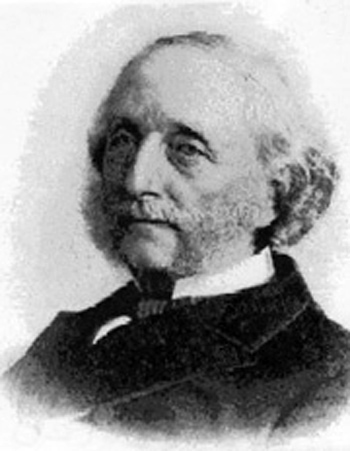
William Bradford was an American romanticist painter, photographer and explorer, originally from Fairhaven, Massachusetts,
near New Bedford.
He is known for his paintings of ships and Arctic seascapes. He went on several Arctic expeditions with Dr. Isaac Israel Hayes, and was the first American painter to portray the frozen regions of the north. In London in 1873, he published an account of his trips to the north, entitled 'The Arctic Regions', illustrated with photographs taken on an art expedition to Greenland; with descriptive narrative by the artist.
He was a member of the Hudson River School. He adopted their techniques and became highly interested in the way light touches water and how it affects the appearance of water surfaces and the general atmospherics of a painting. He compositionally balanced many of his paintings by creating a counter-subject and by placing darker colors around the edges, framing and counteracting the center's better-lit subject.
From: Wikipedia
After the Storm
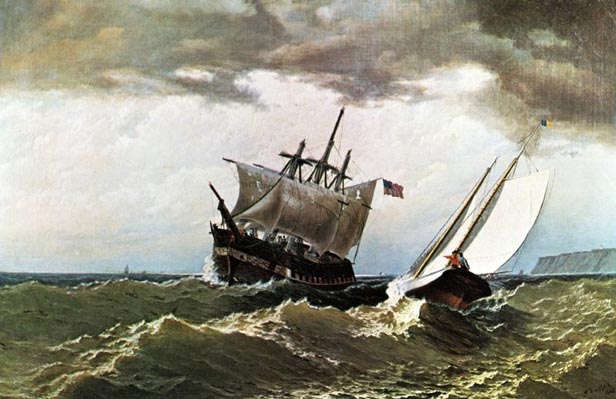
An Arctic Scene: 1881

Raised in a Quaker family in Massachusetts, William Bradford showed an early interest in painting. He was, however, prevailed upon by his father, who disapproved of art as a profession, to enter the family retail dry goods business. Bradford none the less spent much time developing his artistic skill and eye by copying from a book of English drawings and sketching in a precise, thin line the ships in the harbors of New Bedford and Lynn. Gradually he broadened his vision to include the coastal scenery. In 1853 he was at last able to devote his time exclusively to painting, and between 1854 and 1857 he made several trips to Labrador. He set up his own studio in Fairhaven in 1855 and accepted commissions for portraits of merchant and whaling vessels. His studio was shared for several years by Dutch marine artist Albert Van Beest, whose European training had a beneficial influence on Bradford's style, loosening his painstaking line and teaching him the merits of a more fluid, suggestive expression.
Afternoon on the Labrador Coast: 1878
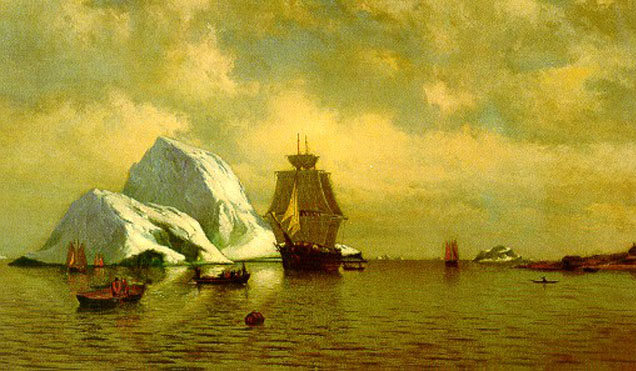
In Afternoon on the Labrador Coast the low horizon makes ship and iceberg into dramatic silhouettes, one brilliant, the other shadowed. The sky provides a background animated with a turbulent mixture of light and dark clouds, with only bits of blue sky showing through. In their multiple activities set in a tranquil seascape, the Labrador paintings are closer to Bradford's earlier harbor scenes.
Fishermen off the Coast of Labrador
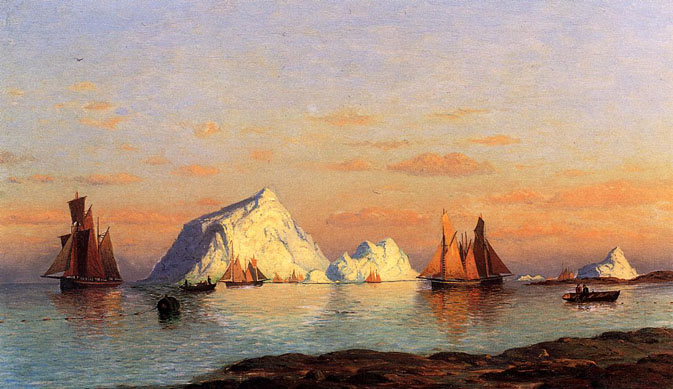
Another View of a Fishing Fleet off Labrador
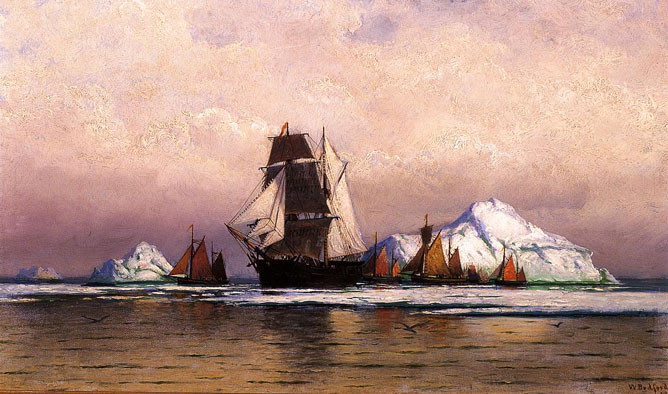
Labrador Fishing Settlement
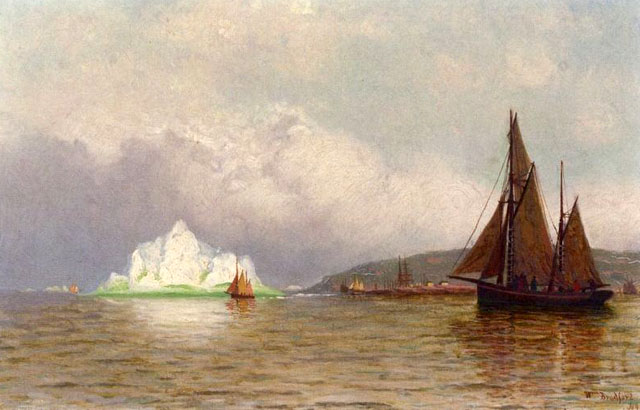
Recognition of Bradford beyond his native area came gradually as his interests turned increasingly to portraying the mysteries of the northern ice-choked seas. The disappearance of the 1845 expedition led by popular explorer Sir John Franklin had sparked tremendous public and artistic interest in the Arctic. Two accounts of searches for Franklin, published in the mid 1850's by American explorer Elisha Kent Kane with illustrations by James Hamilton, made a profound impression on Bradford, who later wrote:
"I was seized with a desire, which had become uncontrollable, to visit the scenes they had described and study Nature under the terrible aspects of the Frigid Zone."
Bradford was probably inspired also by the work of the well-known American artist Frederick Edwin Church, who had accompanied Isaac Israel Hayes on his 1860-61 search for an open polar sea. With the help of various financial backers, from 1861 to 1867 Bradford himself organized annual voyages along the coasts of Nova Scotia and Labrador for the purpose of painting northern scenery and icebergs. In 1869 he mounted his last and most ambitious expedition, for which he chartered the Scottish steamer Panther. His party of 40 men included Captain John Bartlett, Hayes, a crew of Newfoundlanders, and two photographers, John B. Dunmore and George B. Critcherson. Departing from St John's on July 3rd, they sailed as far north as Baffin Island and Melville Bay, Greenland, where as many as 200 icebergs could be sighted at one time. Bradford returned with a collection of photographs and a vast number of sketches of the rugged landscape and the details of Inuit life.
After the Storm

An Incident of Whaling

Arctic Harbor
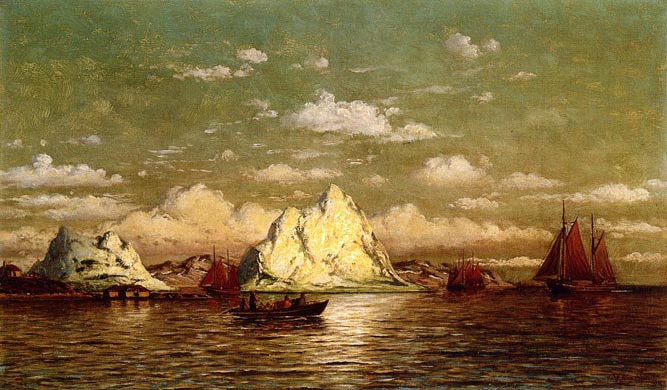
During the early 1870's Bradford travelled with his family to London. He maintained a studio and began a successful second career lecturing on the Arctic. His account of the 1869 journey, accompanied by 130 photographs, was published in London in 1873 as The Arctic regions, a folio-sized limited edition. While in England, he sold several paintings to members of the aristocracy, and came to know Lady Jane Franklin (Griffin) and Lord Tennyson. His most important achievement was undoubtedly a commission from Queen Victoria; the painting, entitled The "Panther" off the coast of Greenland under the midnight sun, was hung in the library of Windsor Castle.
The Panther off the Coast of Greenland under the Midnight Sun
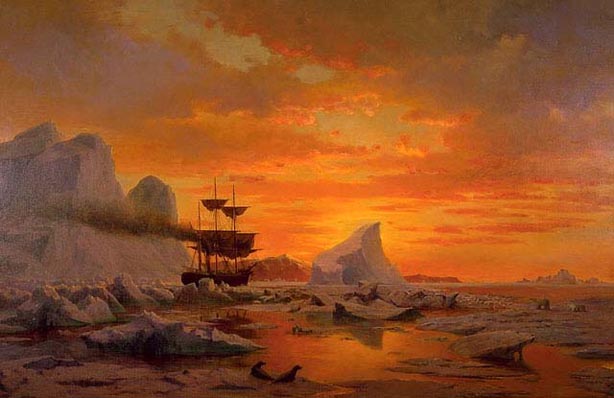
An Arctic Summer Boring Through The Pack in Melville Bay: 1871

Bradford returned to North America around 1874, and thereafter limited his travels to the United States. Based in a studio in New York City, he developed a different artistic style, using photographs and pencil sketches from his northern journeys as the source for large compositions in oil. Unfortunately, these works show a return to the tighter line of his earlier days and suffer at times from hot metallic colors and the repetition of imagery. Although his painting lost much of its freshness as distance and time separated the artist from his sources, his career nevertheless continued to be distinguished by an unusual direction and steadfastness; describing Bradford's patience as "one of his most effective traits as an artist," art historian Henry Theodore Tuckerman attributed it to the "self-control and calmness" of Quaker life. Bradford's study of the exotic northern wilderness through the media of both painting and photography combined in a commendable balance the major preoccupations of the 19th century: the pursuit of science, romance, and natural beauty. With these interests and a highly developed artistic skill, William Bradford has left a legacy of glorious landscapes, revealing a sensitive perception of the unique light, strange forms, and surprising colors of the Arctic regions.
Constance Martin
From: Dictionary of Canadian Biography Online
Examples of the Varied Paintings of William Bradford
Arctic Sunset with Rainbow: 1877
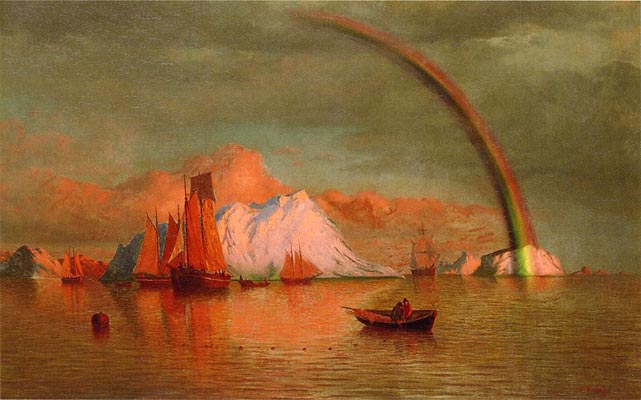
Arctic Invaders: 1882
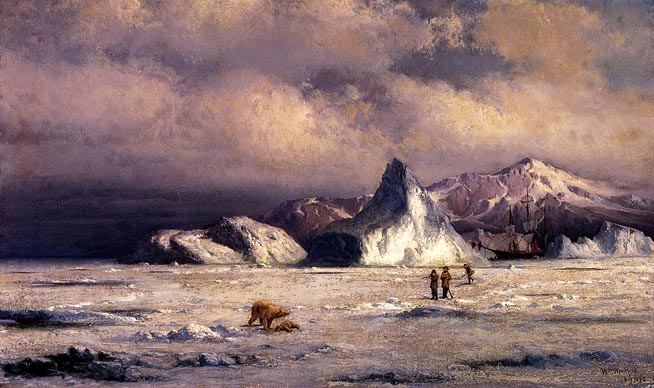
Arctic Whaler Homeward Bound Among the Icebergs
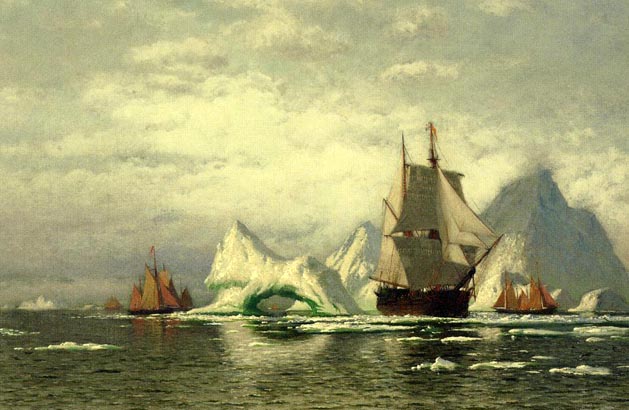
Artic Caravan
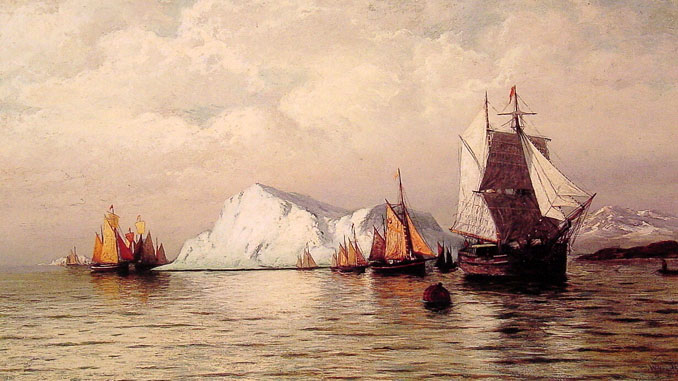
Artic Scene
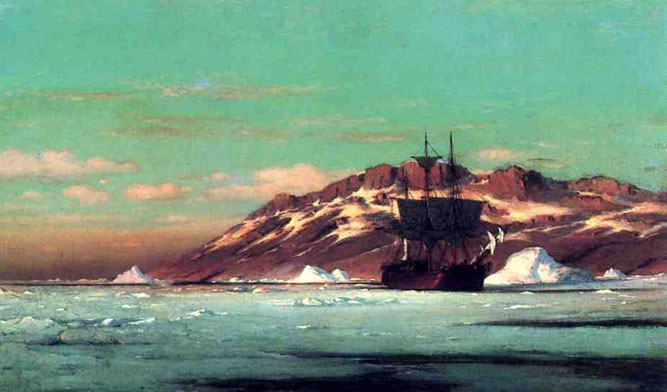
Boston Harbor
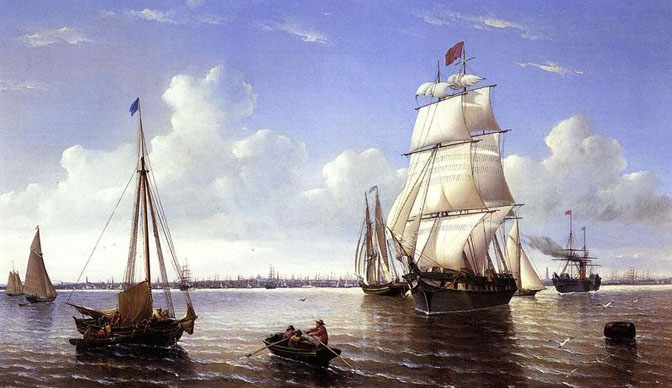
Breezy Day off a Headland

Caught in the Ice
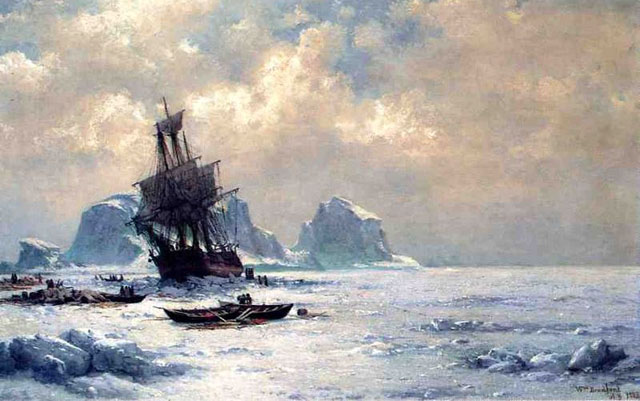
Clipper Ship 'Golden West' of Boston, Outward Bound
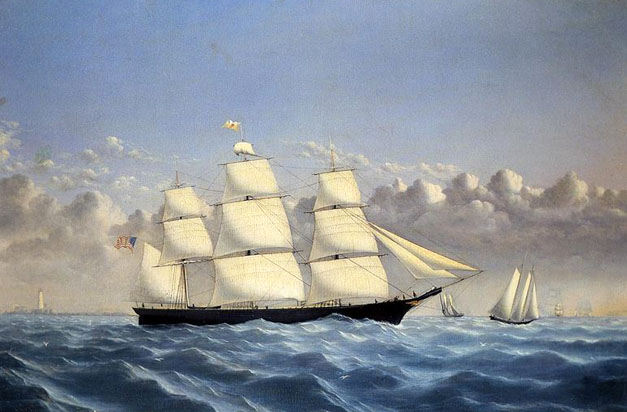
Clipper Ship 'Northern Light' of Boston
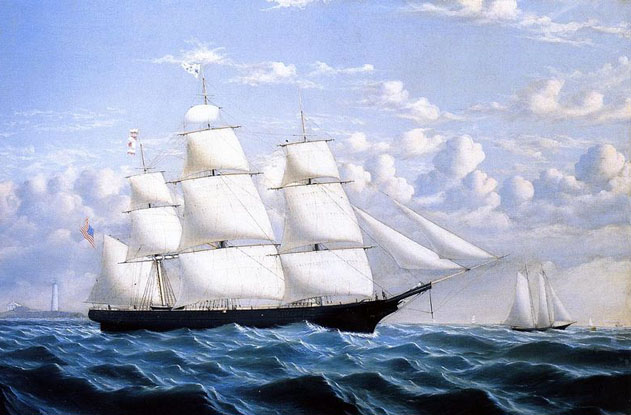
Coast of Newfoundland
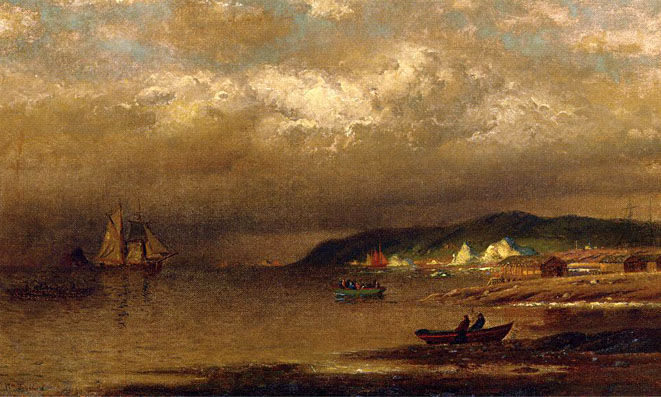
Coastal Scene: 1860
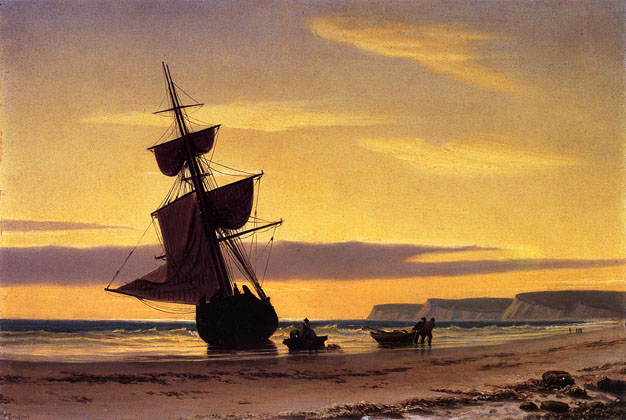
Crushed in the Ice
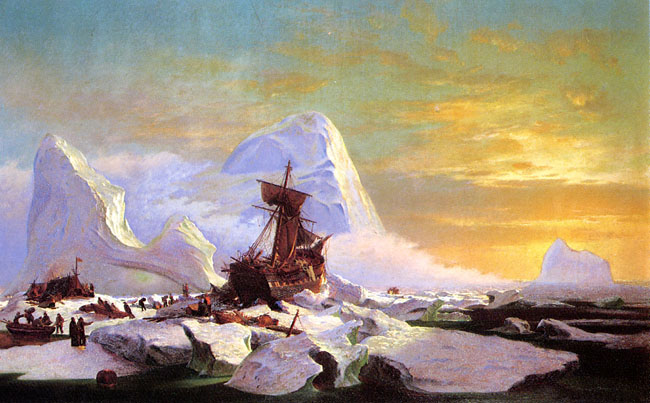
'Dashing Wave' Clipper Ship off Boston Light: 1855

East River off Lower Manhattan
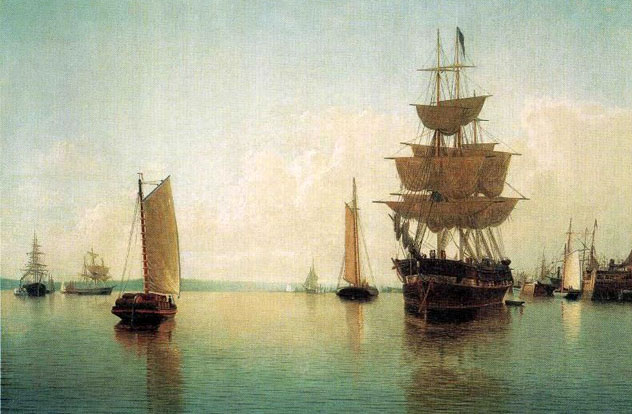
Fishermen in an Approaching Storm
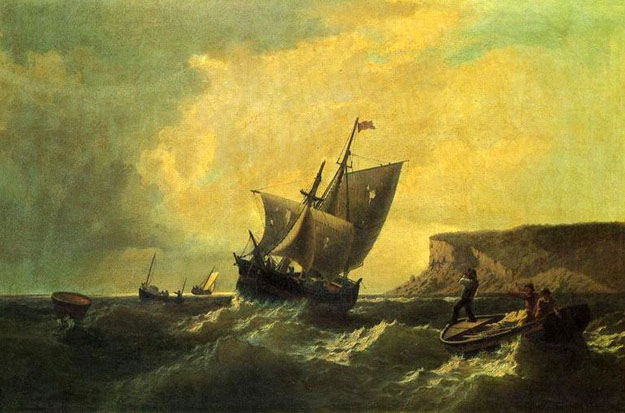
Fishing Boats and Icebergs

Fishing Boats on the Bay of Fundy: ca 1860
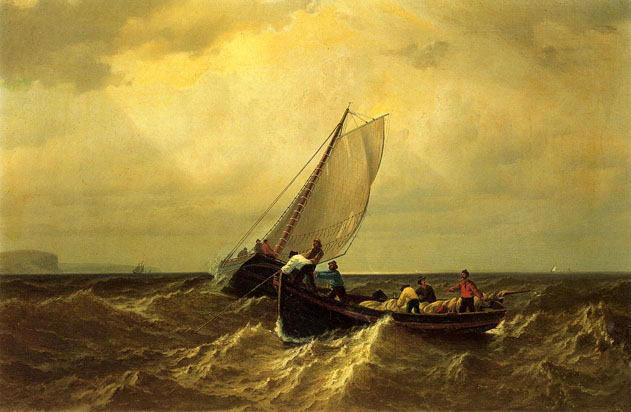
Fishing Fleet off Labrador: 1884

Floe Ice: ca 1870-79
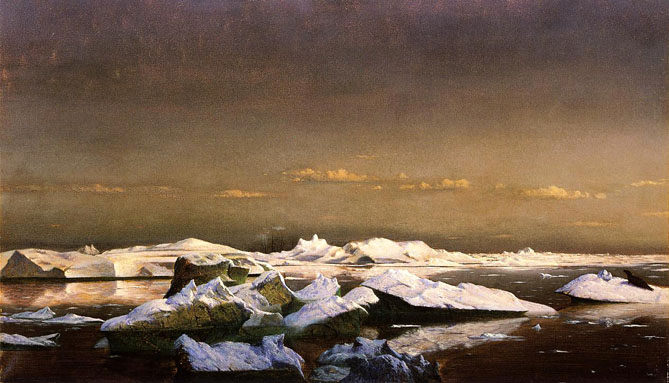
Fresh Breeze of Sandy Hook: 1860

Ice Dwellers Watching the Invaders: ca 1870-79

Ice Floes under the Midnight Sun: 1869

Iceberg: 1869
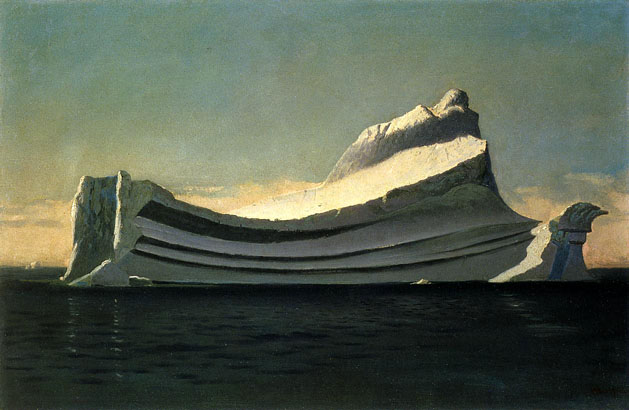
Icebergs: ca 1865
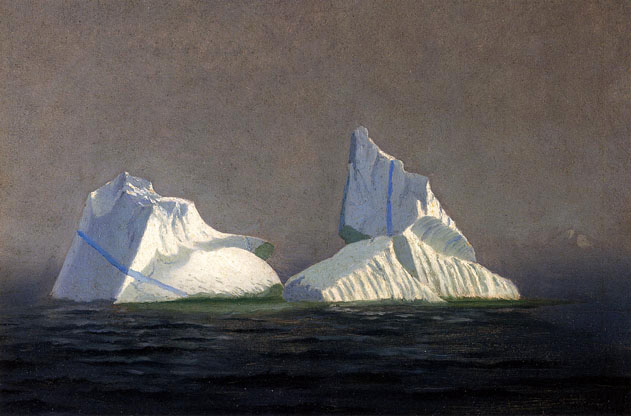
Icebergs in the Arctic: 1882
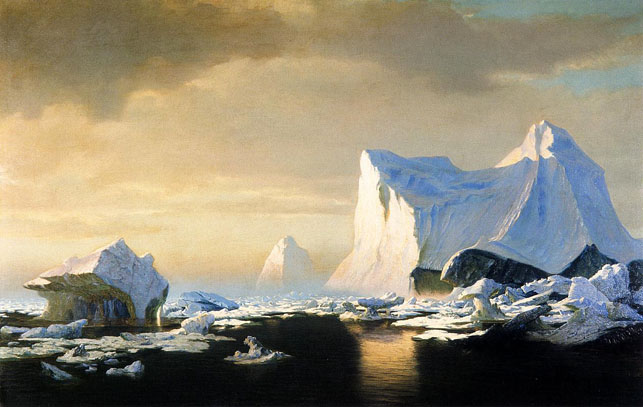
In the Arctic
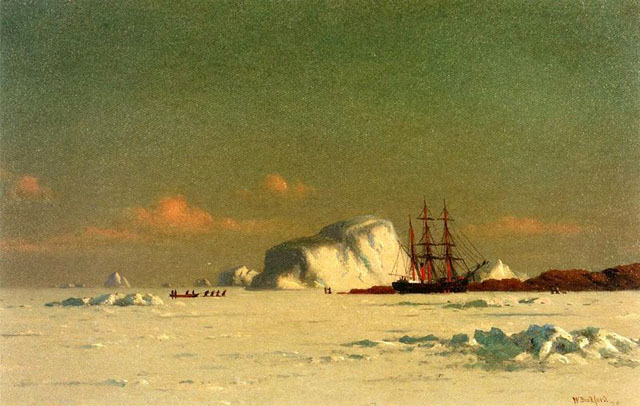
Labrador Fishing Boats near Cape Charles: 1862
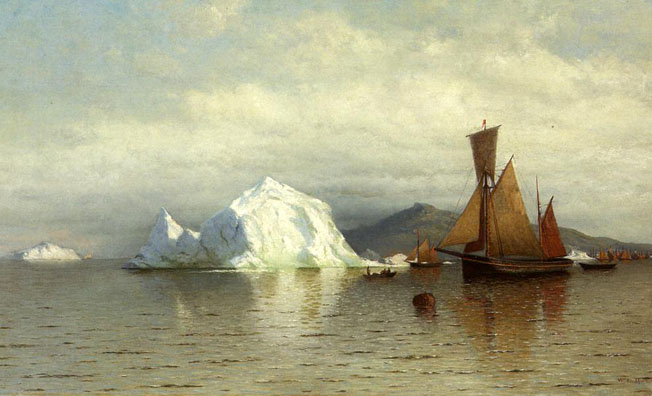
Locked In Baffin Bay
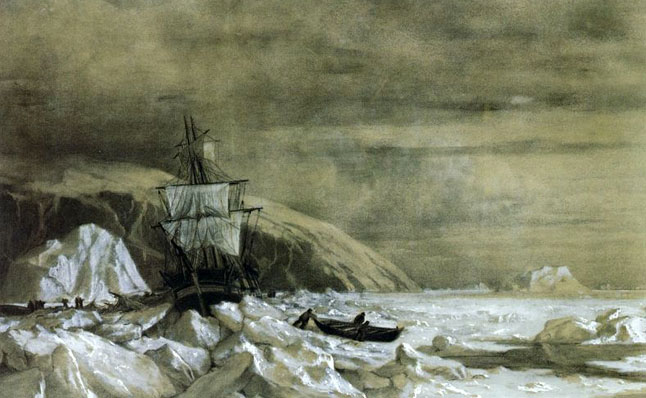
Looking out of Battle Harbor
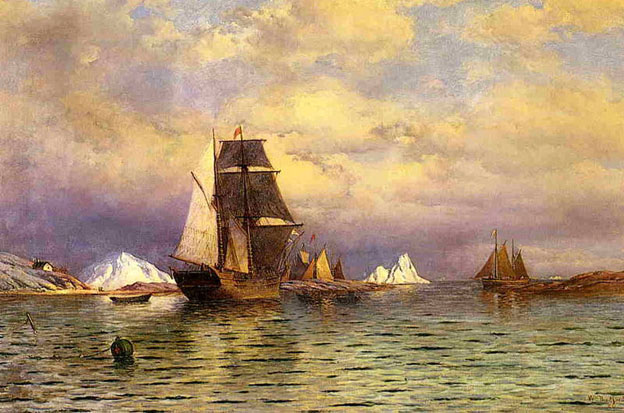
Making Harbor: 1862
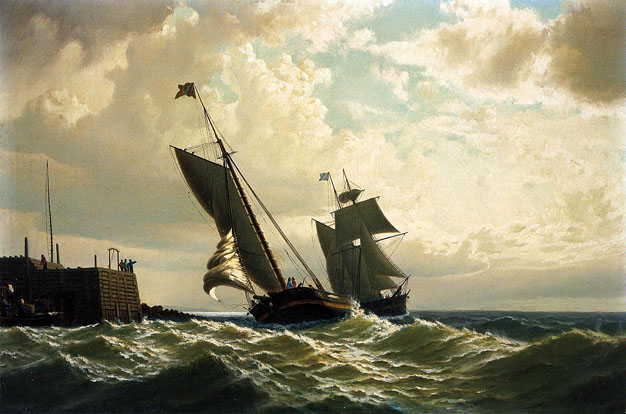
Midnight Sun
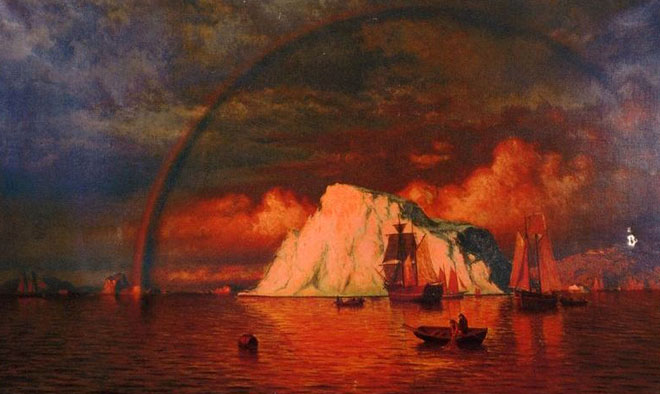
Morning on the Artic Ice Fields: ca 1880
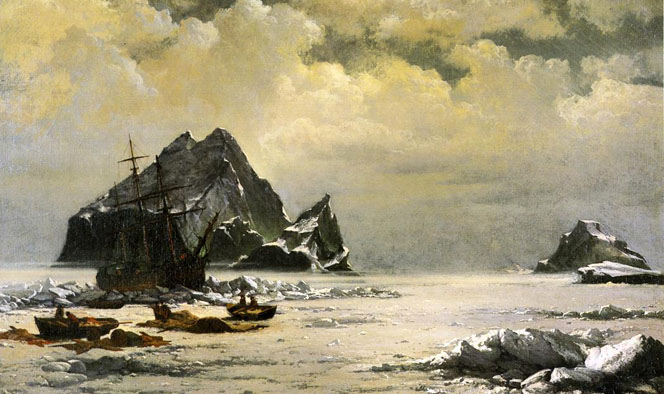
Mount Lyell above Yosemite: ca 1878
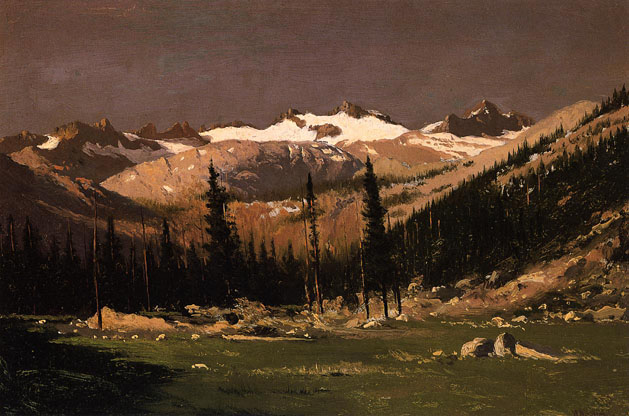
New Bedford Harbor at Sunset
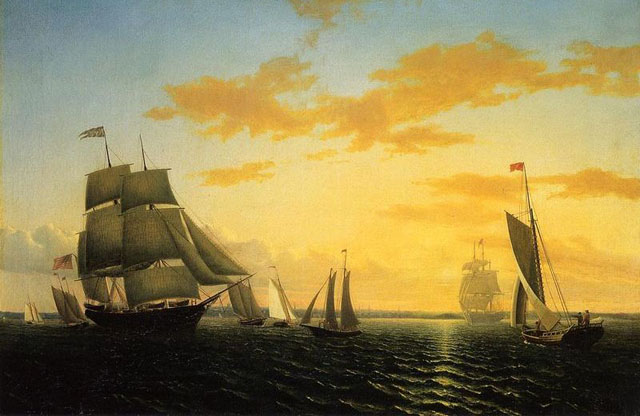
Off Greenland Whaler Seeking Open Water
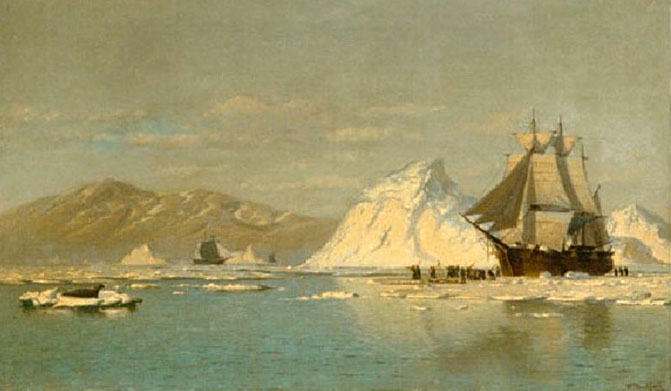
Perce Rock, Belle Isle Straits
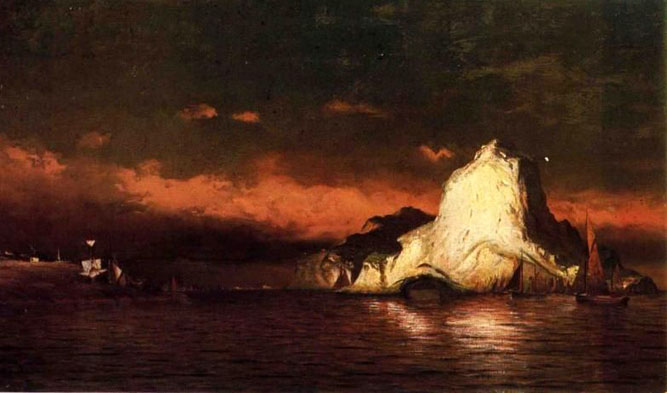
Pulling in the Nets

Return of the Whales

Rough Seas
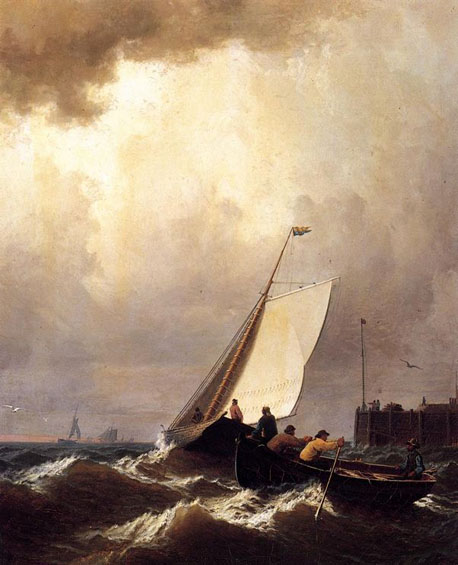
Schooner in Fairhaven Harbor, Sunrise
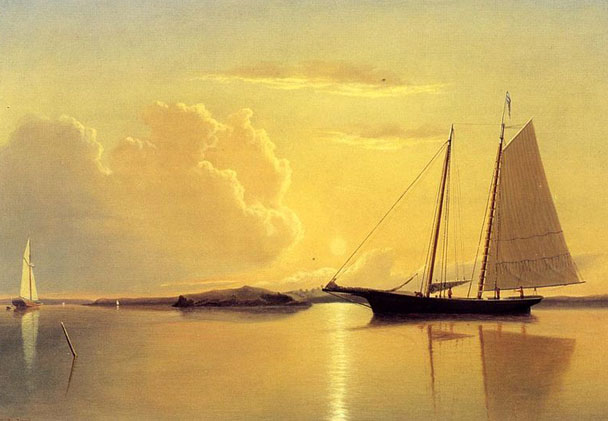
Sealers Crushed by Icebergs

Seascape Cliffs at Sunset
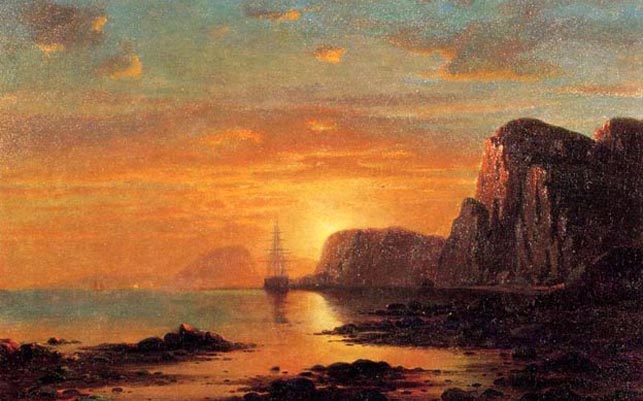
Seascape with Icebergs
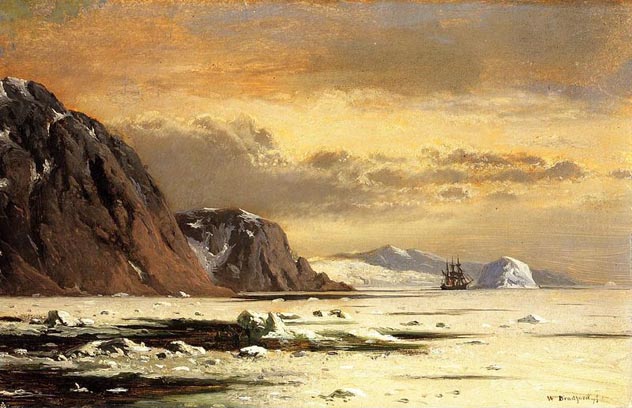
Ship and Icebergs
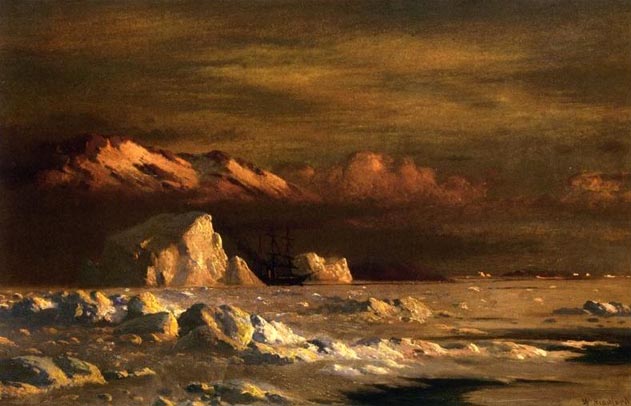
Ships and Iceberg
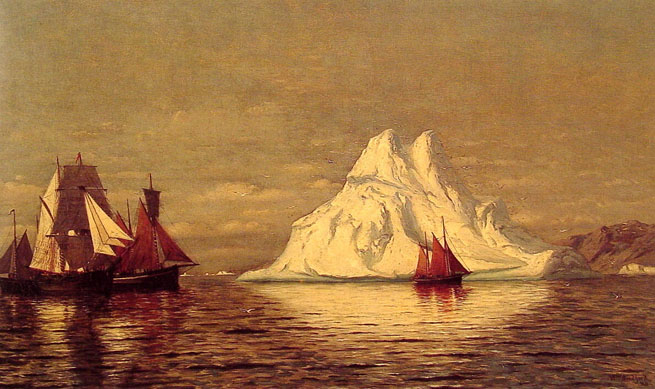
Ships in Boston Harbor at Twilight
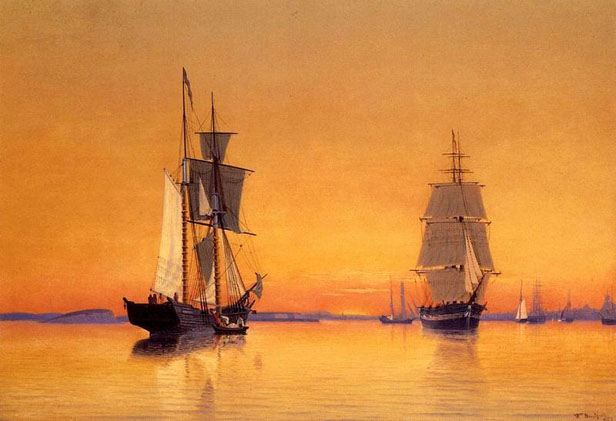
Shipwreck off Nantucket: 1860-61

Sloops and Schooners at Evening Calm
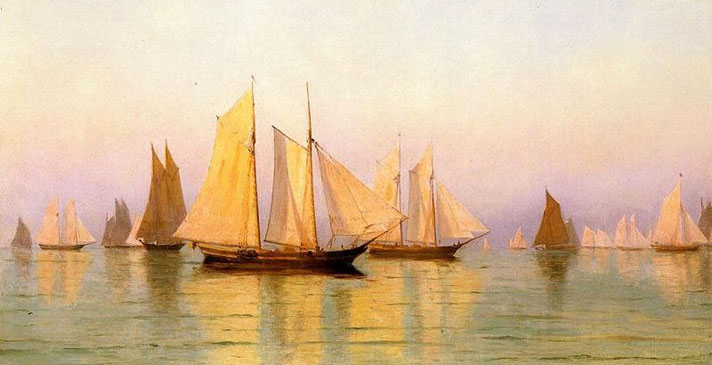
Stowing Sails off Fairhaven

Straits of Belle Isle
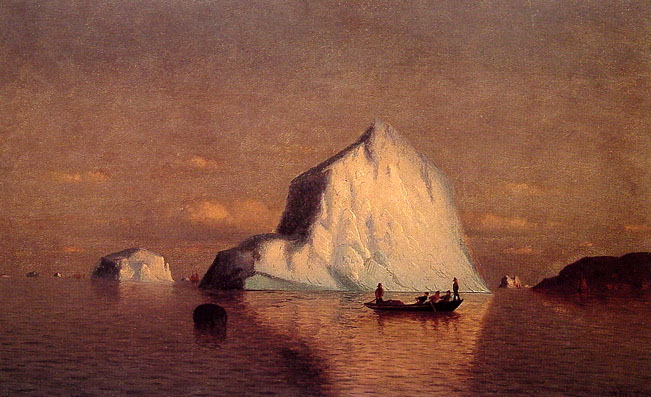
Sunrise Cove
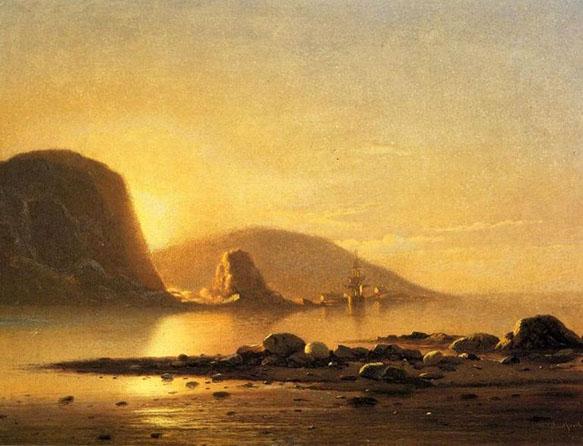
Sunrise off Grand Manan
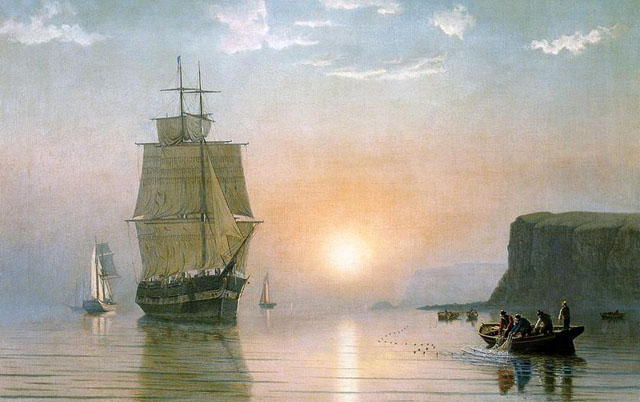
Sunset Calm in the Bay of Fundy

The Archway
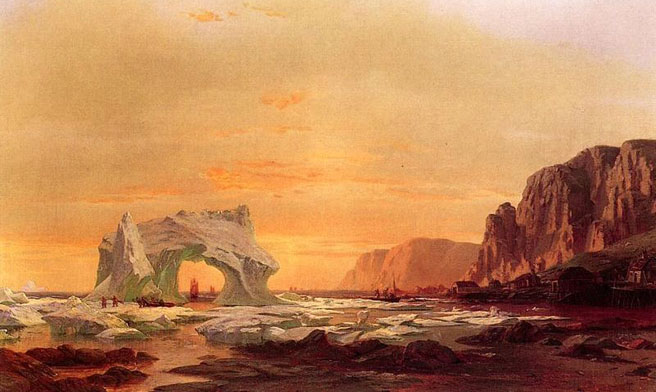
The Coast of Labrador

The Ice Gate of Cape Saint Michael
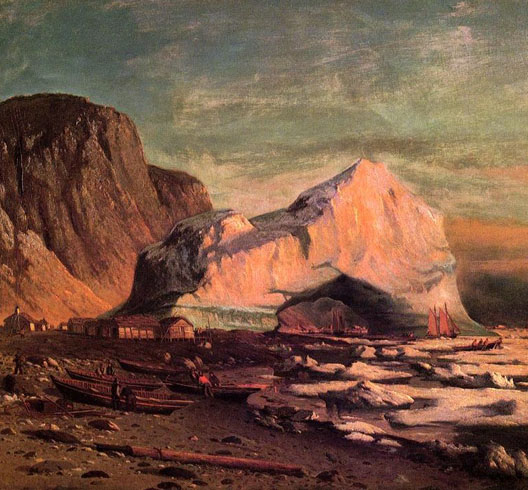
The Kennebec River, Waiting for Wind and Tide
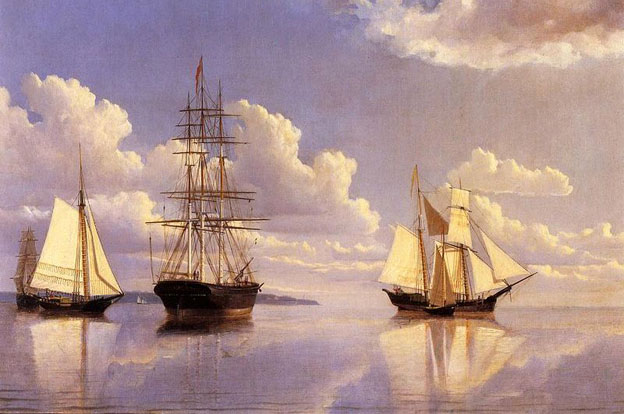
The Panther, Icebound

The 'Panther' among the Icebergs in Melville Bay
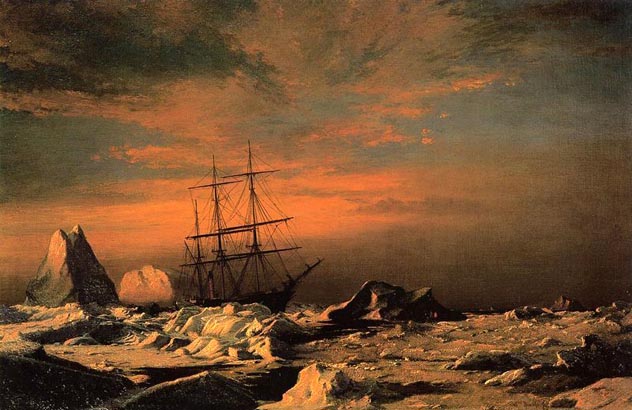
The 'Panther' in Melville Bay
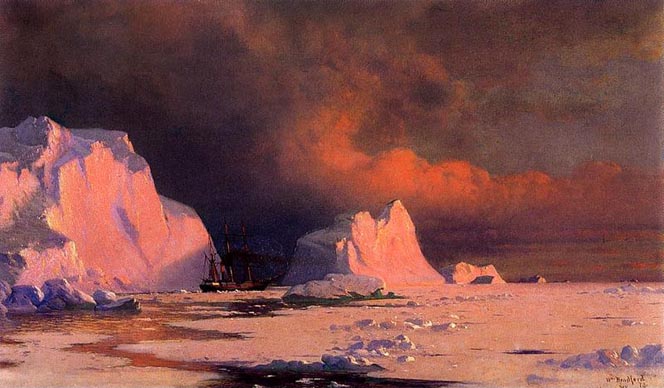
The Port of New Bedford from Crow Island

The Whaleship 'Emma C Jones' off Round Hills, New Bedford
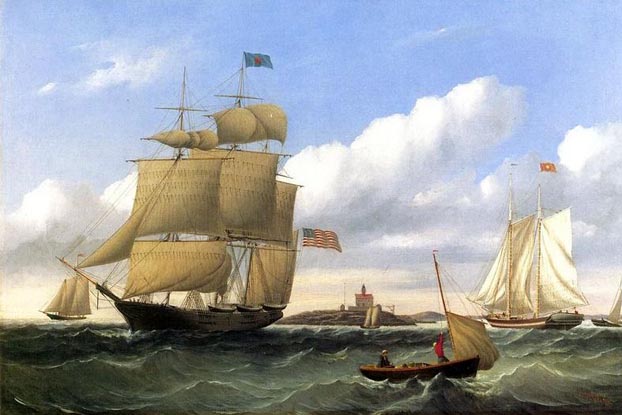
The Wreck of an Emigrant Ship on the Coast of New England

View of Sermitsialik Glacier
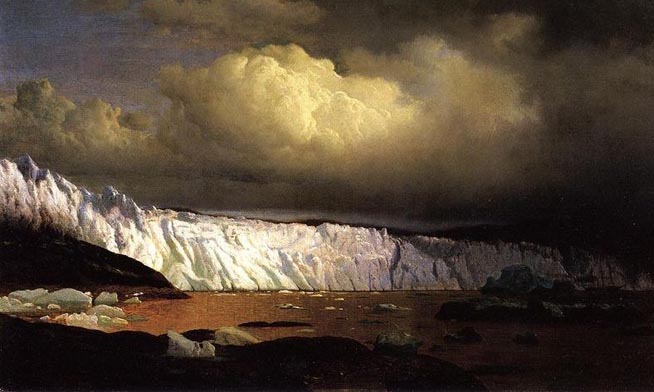
Voyage

Whaler off the Vineyard Outward Bound
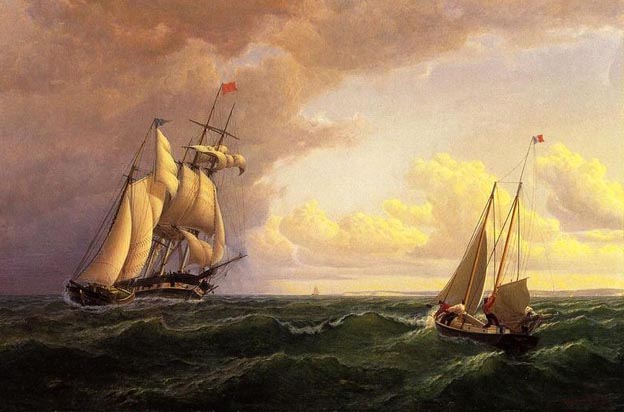
Whalers After the Nip in Melville Bay

Whalers Trapped by Arctic Ice
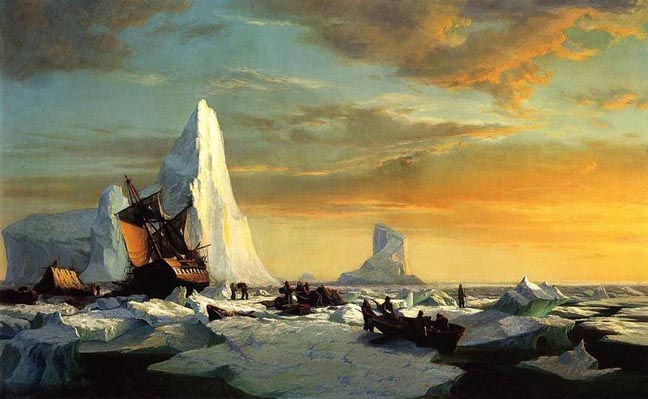
Whaleship 'Jireh Perry' off Clark's Point, New Bedford
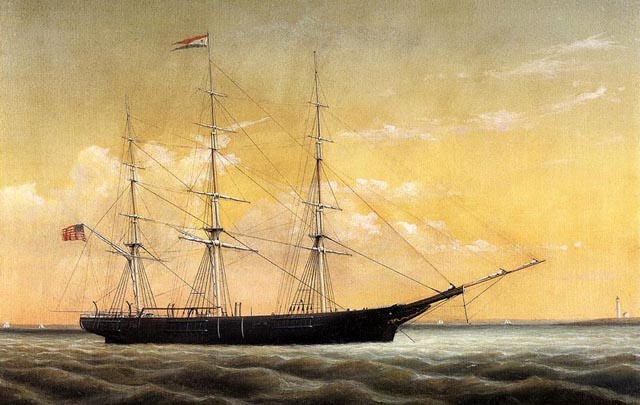
Whaleship 'Jireh Swift' of New Bedford
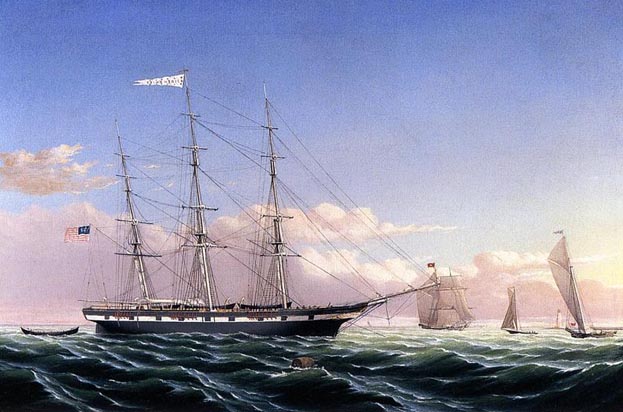
Whaleship 'Speedwell' of Fairhaven, Outward Bound off Gay Head
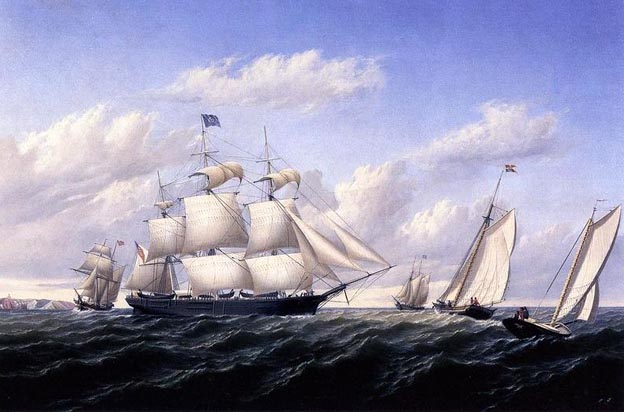
Whaleship 'Twilight' of New Bedford
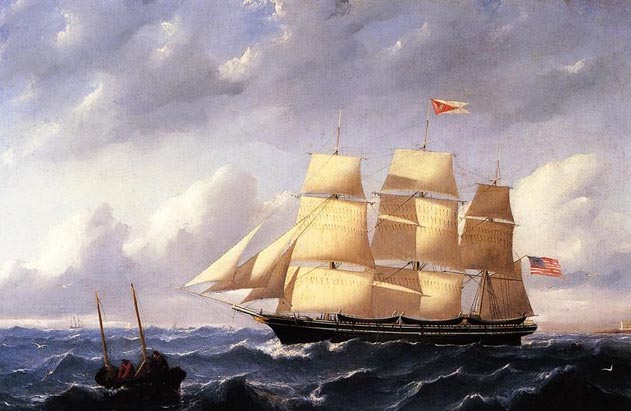
Whaling Bark 'J. D. Thompson' of New Bedford
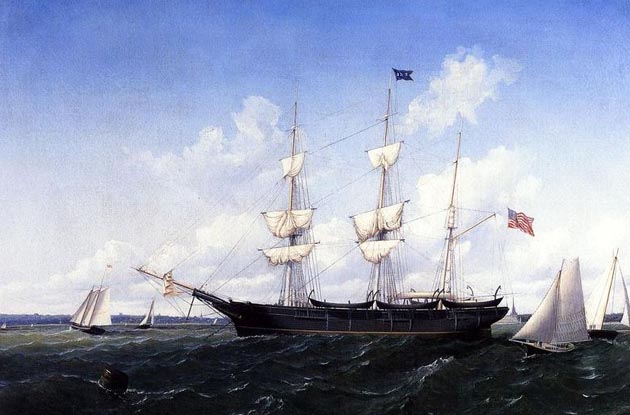
Winter Sunset
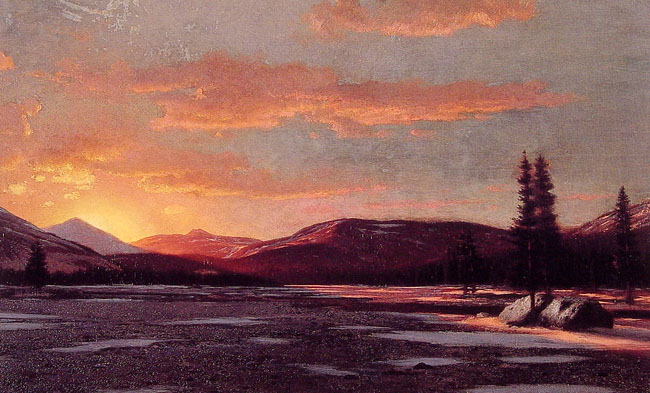
Working Through the Ice in Melville Bay
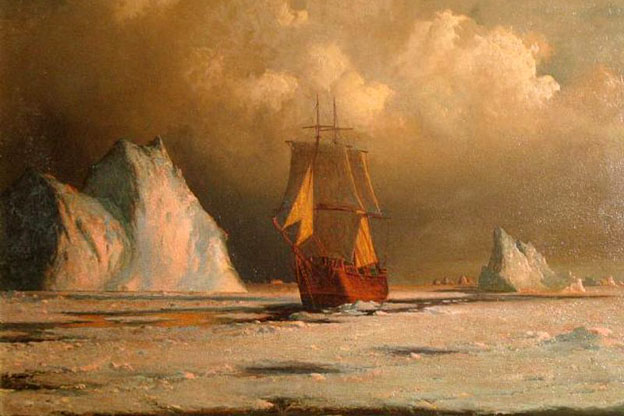
Yosemite

Source: Art Renewal Center
Source: William Bradford Online
This page is the work of Senex Magister
Return to Pagina Artis
Return to Bruce and Bobbie's Main Page.

























































































